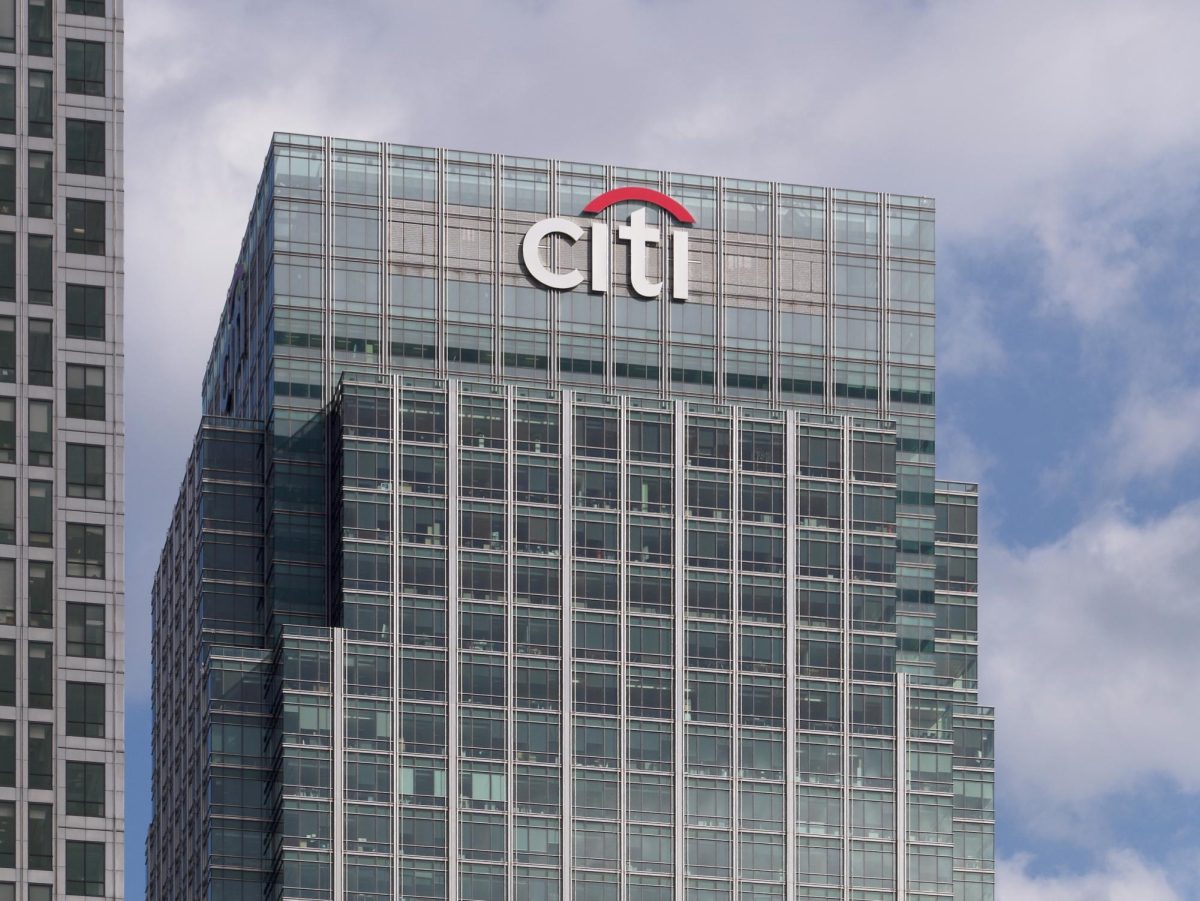Large and regional banks kicked off the second-quarter earnings season with better-than-expected results on July 14, leading to mixed outlooks on the banking sector’s health.
Following First Republic Bank’s failure and acquisition by JPMorgan Chase & Co., the Fed raised interest rates, increasing banks’ net interest income and generating higher profits for bigger banks but slowing down consumer spending at the same time.
Net interest income reflects the difference between interest revenues and interest expenses, where interest revenues are payments received on interest-bearing assets and interest expenses are the cost of borrowing.
JPMorgan, Wells Fargo & Co. and Citigroup Inc. reported their second-quarter earnings on July 14.
JPMorgan showed a 67% increase in net income, amounting to $14.5 billion and an increase of 44% in net interest income, equating to $21.9 billion. In comparison, Wells Fargo saw a 1% decrease in net income and a 29% increase in net interest income. Citibank reported a net income fall of 36.7% but a net interest income increase of 14%.
“The U.S. economy continues to be resilient,” JPMorgan CEO Jamie Dimon said in the earnings report. “Consumers’ balance sheets remain healthy, and consumers are spending, albeit a little more slowly.”
Charlie Scharf, CEO of Wells Fargo, noted that Wells Fargo is in a strong position, preparing for economic slowdown and uncertainty, but emphasized, “we continue to move forward on our risk and control agenda, which is our top priority.”
Citigroup CEO Jane Fraser was optimistic about the bank’s second-quarter reports despite a loss in net income, citing that their diversified business model and balance sheet remained strong despite the economic environment and that they are “laser-focused on executing our strategy while continuing to simplify and modernize our bank.”
Additionally, other prominent large and regional banks such as Bank of America Corp., PNC Financial Services and Bank of New York Mellon Corp. disclosed their second-quarter earnings reports on July 18.
Bank of America’s reported net income rose 19% and net interest income rose 14%. PNC Financial Services reported a net income decrease of $194 million or 11% and a net interest income decrease of 2%. BNY Mellon saw a net income increase of 9% and a net interest income decrease of 2%.
Banks and analysts were optimistic about second-quarter earnings. However, a continued increase in provisions sent mixed signals on the consumers’ health and the banking sector’s future.
The Ticker previously reported during the first quarter that banks were increasing provisions in hopes of bracing for defaulted loans.
Conditionally, JPMorgan added $806 million to its provisions alongside Wells Fargo and Bank of America, adding $949 million and $602 million, respectively.
“We had a $949 million increase in the allowance for credit losses, primarily for commercial real estate office loans as well as higher credit card loan balances,” Scharf said in the earnings report. “While we haven’t seen significant losses in our office portfolio to-date, we are reserving for the weakness that we expect to play out in that market over time.”
Bank executives and analysts are preparing for the worst as they set their eyes on the Fed’s next meeting during the week of July 24.
“As the interest load increases we would expect to see more defaults and late payments,” Brian Mulberry, client portfolio manager at Zacks Investment Management, wrote in a research note to Investor’s Business Daily. “This is just prudent risk management at this point to prepare for the worse until proven otherwise. In this case, these banks will want to see that the Fed has at least stopped raising rates, not just ‘paused.’”








